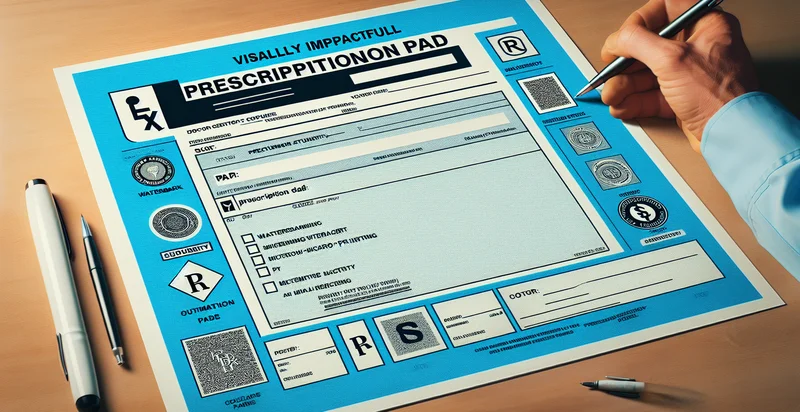Identify prescription condition
using AI
Below is a free classifier to identify prescription condition. Just upload your image, and our AI will predict what prescription condition it indicates - in just seconds.

Contact us for API access
Or, use Nyckel to build highly-accurate custom classifiers in just minutes. No PhD required.
Get started
import nyckel
credentials = nyckel.Credentials("YOUR_CLIENT_ID", "YOUR_CLIENT_SECRET")
nyckel.invoke("prescription-condition", "your_image_url", credentials)
fetch('https://www.nyckel.com/v1/functions/prescription-condition/invoke', {
method: 'POST',
headers: {
'Authorization': 'Bearer ' + 'YOUR_BEARER_TOKEN',
'Content-Type': 'application/json',
},
body: JSON.stringify(
{"data": "your_image_url"}
)
})
.then(response => response.json())
.then(data => console.log(data));
curl -X POST \
-H "Content-Type: application/json" \
-H "Authorization: Bearer YOUR_BEARER_TOKEN" \
-d '{"data": "your_image_url"}' \
https://www.nyckel.com/v1/functions/prescription-condition/invoke
How this classifier works
To start, upload your image. Our AI tool will then predict what prescription condition it indicates.
This pretrained image model uses a Nyckel-created dataset and has 10 labels, including Blurry, Clear, Consistent, Correctly Formatted, Faded, Illegible, Inconsistent, Incorrectly Formatted, Missing Information and Partially Readable.
We'll also show a confidence score (the higher the number, the more confident the AI model is around what prescription condition it indicates).
Whether you're just curious or building prescription condition detection into your application, we hope our classifier proves helpful.
Related Classifiers
Need to identify prescription condition at scale?
Get API or Zapier access to this classifier for free. It's perfect for:
- Telemedicine Validation: In telemedicine applications, a prescription condition identifier can authenticate prescriptions by verifying images submitted by patients. This helps ensure that medication is appropriate for the patient's condition, reducing the risk of incorrect or fraudulent prescriptions.
- Pharmacy Workflow Optimization: Pharmacies can utilize this function to automate the classification of patient conditions based on prescription images. By streamlining the verification process, pharmacists can focus on patient care and reduce wait times for customers.
- Insurance Claims Processing: Insurance companies can use the identifier to analyze prescription images to determine the legitimacy of claims submitted by healthcare providers. This automated verification speeds up the claims process and reduces instances of fraud.
- Clinical Research Data Validation: Researchers conducting clinical trials can benefit from this technology by verifying that prescription images align with reported patient conditions. Ensuring accurate data helps maintain the integrity of research outcomes and regulatory compliance.
- Patient Education Initiatives: Healthcare providers can implement this function in patient education programs to provide tailored information based on their prescribed medications. By classifying the condition indicated by prescriptions, providers can deliver targeted resources that promote better health outcomes.
- Regulatory Compliance Monitoring: Regulatory bodies can leverage the prescription condition identifier in monitoring prescription practices across healthcare providers. By classifying and analyzing data, regulators can identify patterns of misuse and ensure compliance with medical guidelines.
- Fraud Detection in E-Prescribing: This function can be crucial for identifying fraudulent prescriptions in electronic prescribing systems. By analyzing prescription images against known medical conditions, it can flag discrepancies for further investigation, thus safeguarding patients and healthcare systems from abuse.


